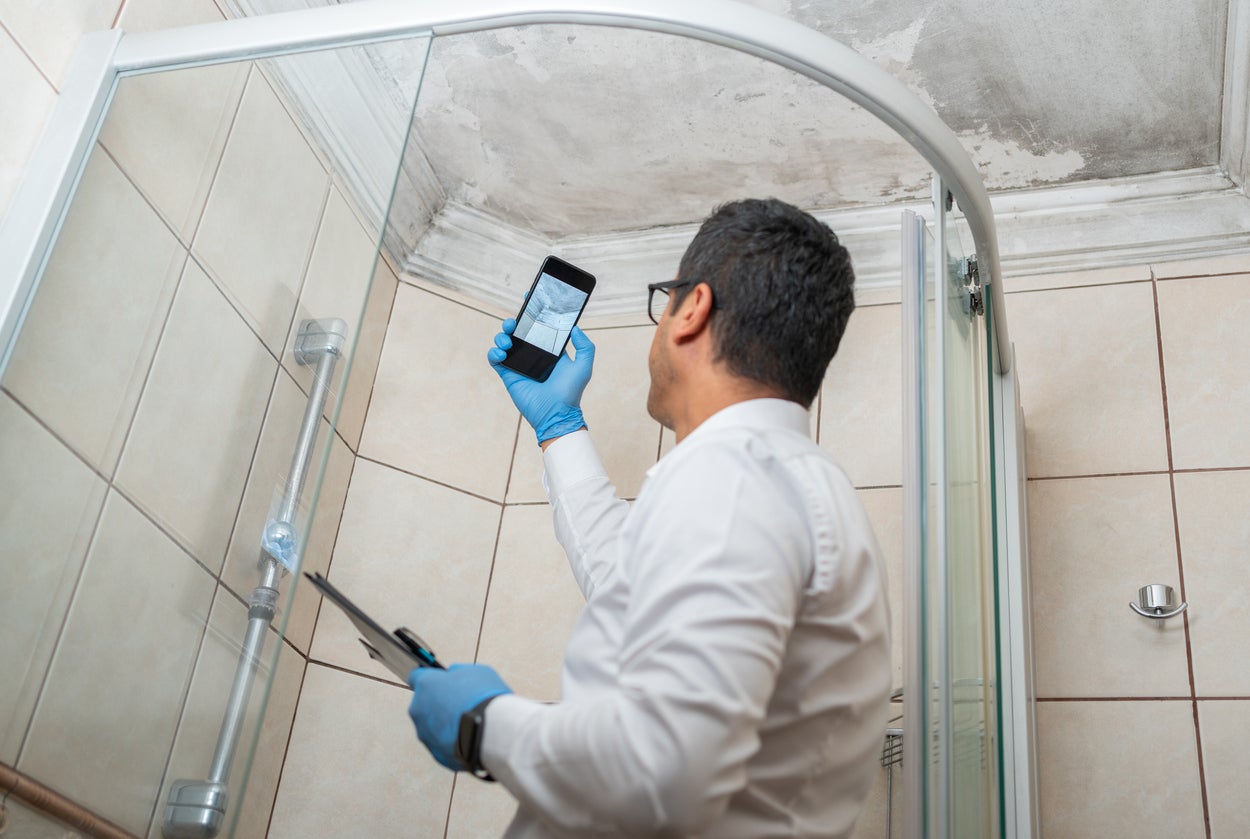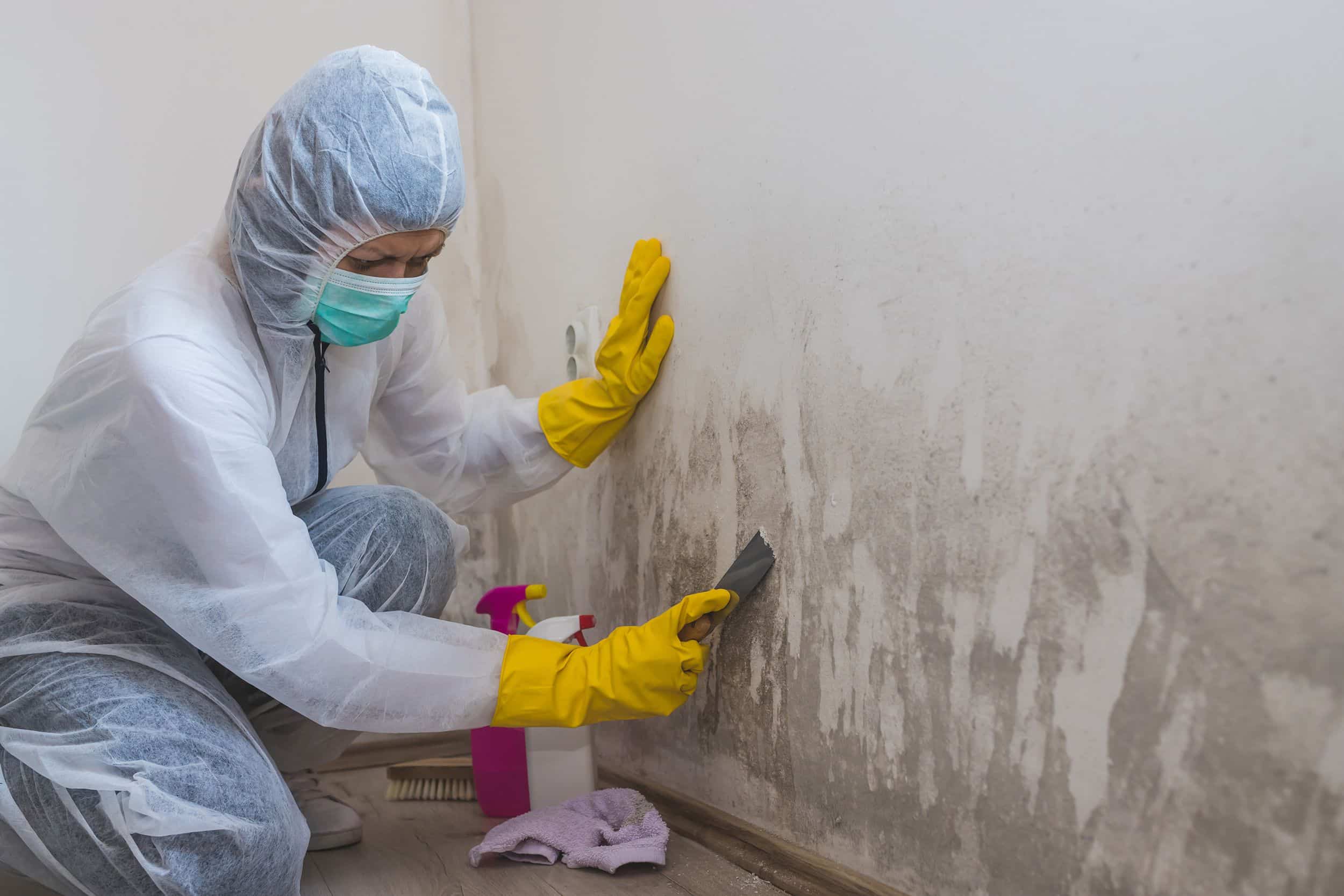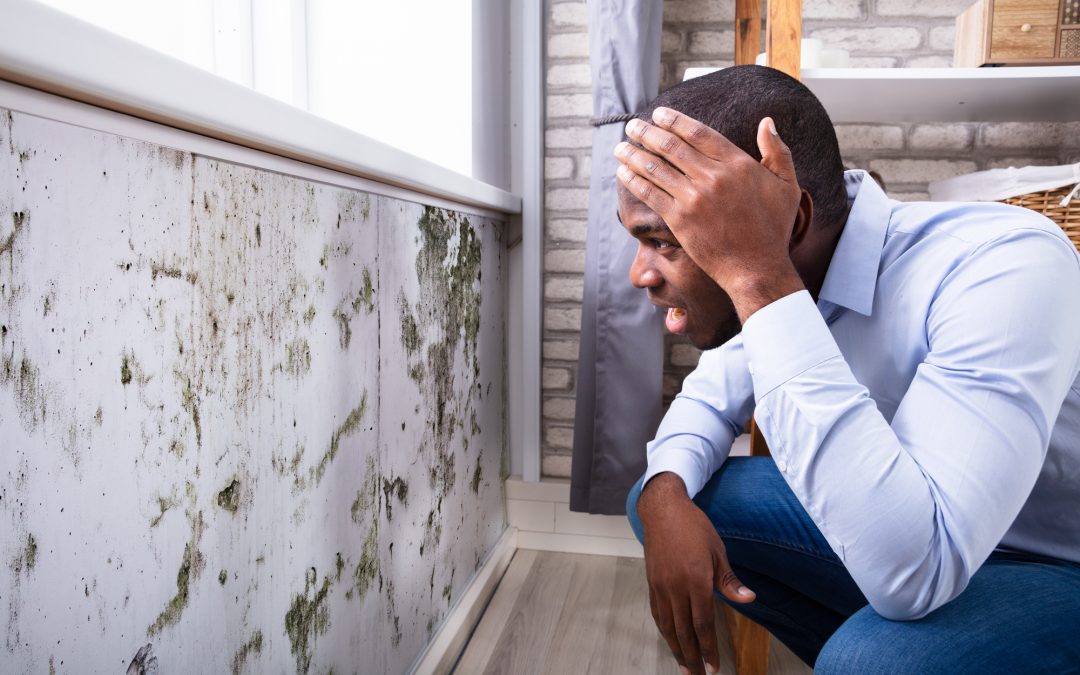Comprehensive Post Mold Remediation Procedures
Effective Post Mold Removal Solutions for Your Home
Mold development in homes can be a persistent concern, typically calling for a methodical approach for efficient post-remediation solutions. From comprehending the factors that add to mold advancement to implementing appropriate cleansing techniques and wetness control measures, the process can be detailed yet important for keeping a healthy living setting. Post Mold Remediation.
Comprehending Mold And Mildew Growth Aspects
Mold development is influenced by a selection of elements that are crucial to understand in order to efficiently resolve and prevent its spreading. Understanding these aspects is essential in executing effective mold removal techniques. The main aspect contributing to mold and mildew development is moisture. Mold spores need dampness to germinate and flourish, making moist or moist atmospheres highly susceptible to mold invasions. Poor air flow can likewise lead to moisture buildup, producing an excellent breeding place for mold and mildew.

In addition, air flow and light direct exposure can impact mold and mildew growth. Locations that lack appropriate ventilation and all-natural light are extra vulnerable to mold growth. By dealing with these variables adequately, individuals can effectively mitigate mold and mildew development and protect their living atmospheres.
Correct Mold Cleaning Strategies
Utilizing reliable cleansing approaches is important in stopping the reappearance and addressing of mold contamination in indoor atmospheres. When managing mold and mildew, it is essential to prioritize security by using safety equipment such as handwear covers, safety glasses, and masks. The very first action in proper mold and mildew cleansing is to contain the afflicted location to stop the spread of spores to uncontaminated locations. This can be accomplished by sealing the space and utilizing air scrubbers or adverse air machines to preserve air top quality.

Applying Moisture Control Procedures
To properly avoid mold and mildew development and contamination in indoor atmospheres, applying moisture control useful reference measures is vital. Moisture is the primary element that gas mold and mildew development, making it important to take care of moisture degrees within the home. One effective measure is to use dehumidifiers to maintain indoor humidity degrees listed below 60%. In addition, ensuring proper ventilation in areas prone to moisture buildup, such as restrooms and kitchens, can help in reducing the danger of mold growth. On a regular basis evaluating and fixing any kind of leaks in plumbing, roofs, or windows is additionally crucial in protecting against excess dampness build-up. Utilizing exhaust fans while cooking or bathing, and permitting air flow by keeping furniture slightly away from wall surfaces can assist in moisture control. Using moisture-resistant products in high-humidity locations, such as mold-resistant drywall and paints, can be advantageous. By carefully applying these dampness control measures, house owners can effectively reduce the probability of mold recontamination and keep a healthy and balanced interior environment.
Using All-natural Removal Solutions
After successfully carrying out moisture control procedures to prevent mold and mildew development in interior environments, homeowners can currently check out the effectiveness helpful hints of natural remediation options in preserving a healthy and balanced living space. All-natural removal solutions make use of eco friendly techniques to combat mold and mildew, making them a preferred selection for those looking for safe choices. By incorporating these all-natural remediation remedies into their cleansing routines, house owners can properly fight mold and mildew development while advertising a much healthier interior environment for themselves and their families.

Preserving a Mold-Free Environment
On a regular basis checking areas vulnerable to mold and mildew growth, such as washrooms, attics, basements, and kitchens, is essential. Proper air flow in areas with high humidity levels is additionally vital to protecting against mold growth.
Furthermore, keeping cleanliness in the home is crucial for mold prevention. Routinely cleansing and dusting surface areas, carpetings, and upholstery can assist eliminate mold and mildew spores prior to they have an opportunity to settle and multiply. Utilizing mold-resistant products for construction materials and home furnishings can even more assist in developing a mold-free atmosphere. Keeping indoor plants in check and making certain appropriate water drainage in outside landscape design can lessen wetness accumulation, lowering the possibility of mold and mildew invasions. By following these positive upkeep practices, home owners can successfully promote a mold-free living space.
Conclusion
In conclusion, it is necessary to attend to mold development elements, utilize correct cleansing techniques, implement dampness control steps, make use of natural remediation remedies, and keep a mold-free atmosphere in order to efficiently handle article mold removal in your house - Post Mold Remediation. By complying with these approaches, you can avoid mold and mildew from repeating and make certain a healthy living atmosphere for you and your household
The primary variable adding to mold development is moisture. Mold and mildew spores call for moisture to sprout and thrive, making moist or moist atmospheres extremely prone to mold and mildew problems.To properly protect against mold growth and contamination in interior environments, applying moisture control procedures is extremely important. In addition, making certain correct air flow in areas susceptible to moisture accumulation, such as cooking areas and restrooms, can aid minimize the risk of mold development.After effectively implementing wetness control look at here now steps to stop mold growth in interior environments, home owners can currently discover the effectiveness of all-natural remediation options in keeping a healthy living room.